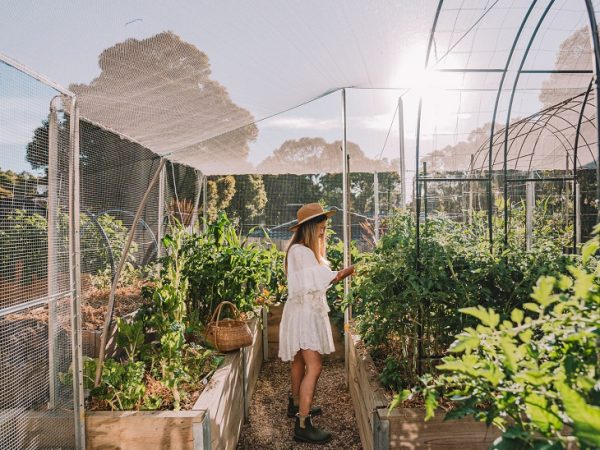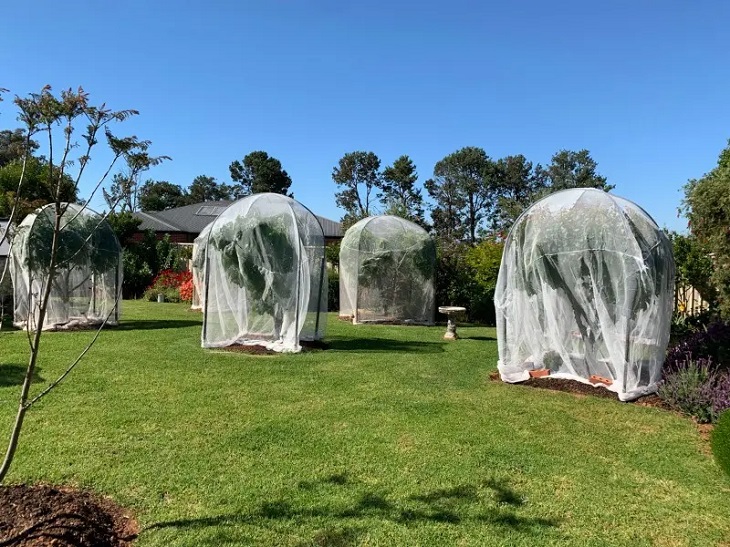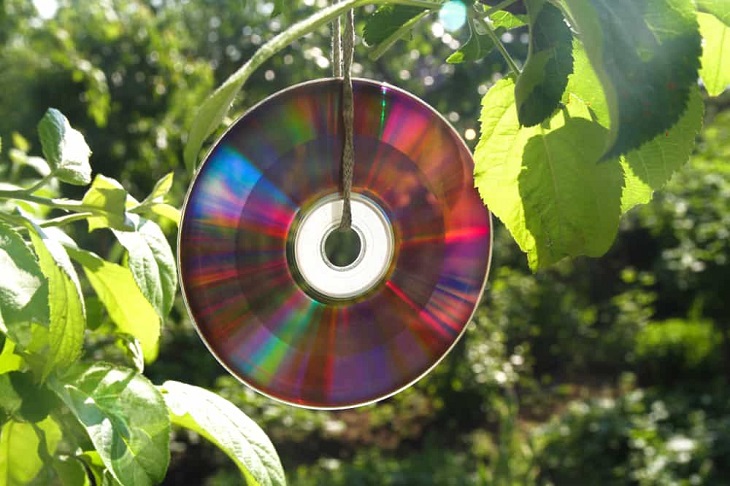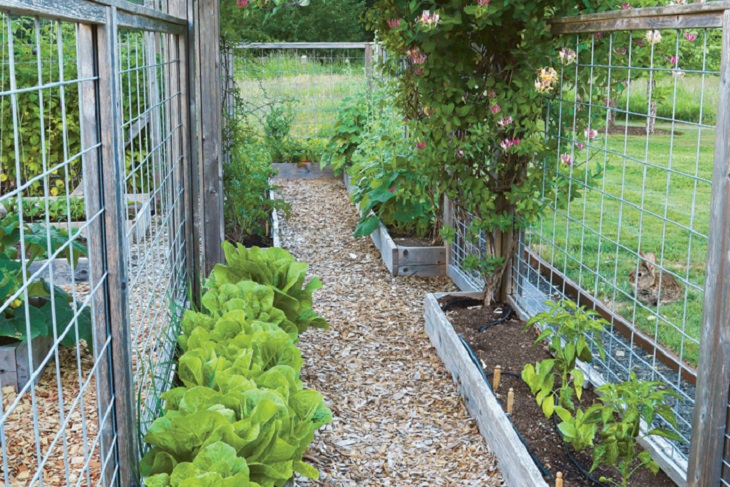20
Feb

Having your own edible garden is an amazing idea if you want to have your own fresh fruits, vegetables, herbs, and flowers that can bloom throughout the year. It’s all fun and games until some wildlife discovers it and starts using it as a buffet. It’s not pleasant dealing with insects, birds, and animals, but there are some harmless ways to deter them from entering your garden and destroying your plants.

Every gardener has insect troubles at some point. No matter where you live and what the weather conditions are, there will always be a group of insects causing you trouble with your veggies or flowers. If you don’t want to use pesticides as they can harm your garden, you can always turn to high-quality, effective insect netting which is a good, cost-effective way to keep the pests away.
There are several types of netting you can buy depending on your needs. Polypropylene mesh is very strong and durable. It’s a great long-term investment. Plus, it’s UV-resistant which makes it perfect for sunny, warm parts of the country.
Polyethylene mesh is very flexible and lightweight. This makes it easy to install and remove if you ever need to do so. It’s also highly durable and will stand up to harsh weather conditions like strong winds and heavy rains. There’s also aluminium mesh that’s easy to install, lightweight, and provides excellent protection.
And last but not least is the plastic mesh. This is a budget-friendly option that acts as a strong barrier against nosy insects. It needs minimal maintenance and it’ll last for many years to come. Choosing which one you’ll buy depends on the types of insects you’re dealing with.
If they’re bigger, like beetles or caterpillars, you can go with a polypropylene mesh. If you need to handle smaller insects, a plastic or aluminium one will suffice. Always measure the area you need to cover. Knowing the dimensions of the garden will help you make a good choice and not waste money on more netting than you need.
Another thing to consider is the weather conditions you live in. Will you need UV resistance? Are there a lot of winds? Does it rain a lot? Gather as much info as you can. When you buy it, make sure you do the installation properly. This is not a complicated process, but the structure needs to be strong and sturdy, so it doesn’t fall because of one gust of wind.
Sticky insect traps are another organic way of protecting your plants. They can be yellow and blue. This is a simple trap made of cardstock coated with a sticky substance that’s water-resistant. Some insects prefer the colour blue, and some are more attracted to yellow. So, choose the colour depending on the insects you have.
In most cases, the tape works very fast. Insects will get trapped for several minutes. Sometimes it can take a day or two, but it’s still an efficient method to take care of the pests. Just like with insect netting, the setup of the trap is simple. Punch two holes (on the bottom and the top) on the tape and secure it to a long stick. Push the stick between the plants but make sure the tape doesn’t touch the leaves.

Birds are easily scared creatures. They’ll be off with a simple wave of a hand. But you can’t just stand around in your garden all day and chase them away. One effective way to keep them away is through reflective objects. You can get them at the store where you buy insect netting and repellents. There are several items you can use. One of them is the reflective ribbon that you tie around the plants.
You can also use CDs. There must be some old CDs lying somewhere in the house, so take them and use them as your shield against birds. You can also buy reflective spirals and spinning deterrents. Some people like using fake silver reflective leaves, sticking them among the plants as a decoy.
Many gardeners solved their bird problems with toy predators. They use owls, snakes, and other animals to scare away the birds. But keep in mind that birds can figure out that they’re decoys and roam freely around your garden eventually. That’s why you should move the toys to different locations, so it seems like they’re taking different parts of the territory. It’s a big plus if the decoys can make sounds.
The scarecrow is one of the oldest and most efficient methods of scaring birds. But if you decide to use this method, make sure you move it around like the toy predators. You can buy one from a store or even build your own scarecrow. You can make it a fun DIY project that even the kids can participate in. Use bright colours such as red and yellow and put them in at the centre of the garden.
Birds are scared of sudden movements and garden spinners do just that. Make sure the spinner you buy is sturdy enough to withstand the wind. It should also be colourful to fulfil its purpose. Don’t forget to move it around once a week.

Fencing is the best way to deal with unwanted animals – cats included. Depending on the size of the animals that are roaming in your garden, you can use chicken wire or mesh. If there are rabbits, you don’t need to make it very tall. But if there are deer, then you need to make it taller. If there are burrowing animals, you should extend the fence deeper into the ground.
If your garden isn’t very big, you could try transferring the pants into raised beds. This will prevent smaller animals from eating or damaging them. You can also try vertical gardening which is also space-saving. For extra protection, you can add some sort of mesh or netting.
Last but not least, be sure you avoid keeping an open compost pile close to your plants. Compost is a very low-effort food source for some animals since it uses plants and food leftovers. Keep the compost bins locked, and if racoons or other animals still manage to get inside, think about locking or weighting them down.